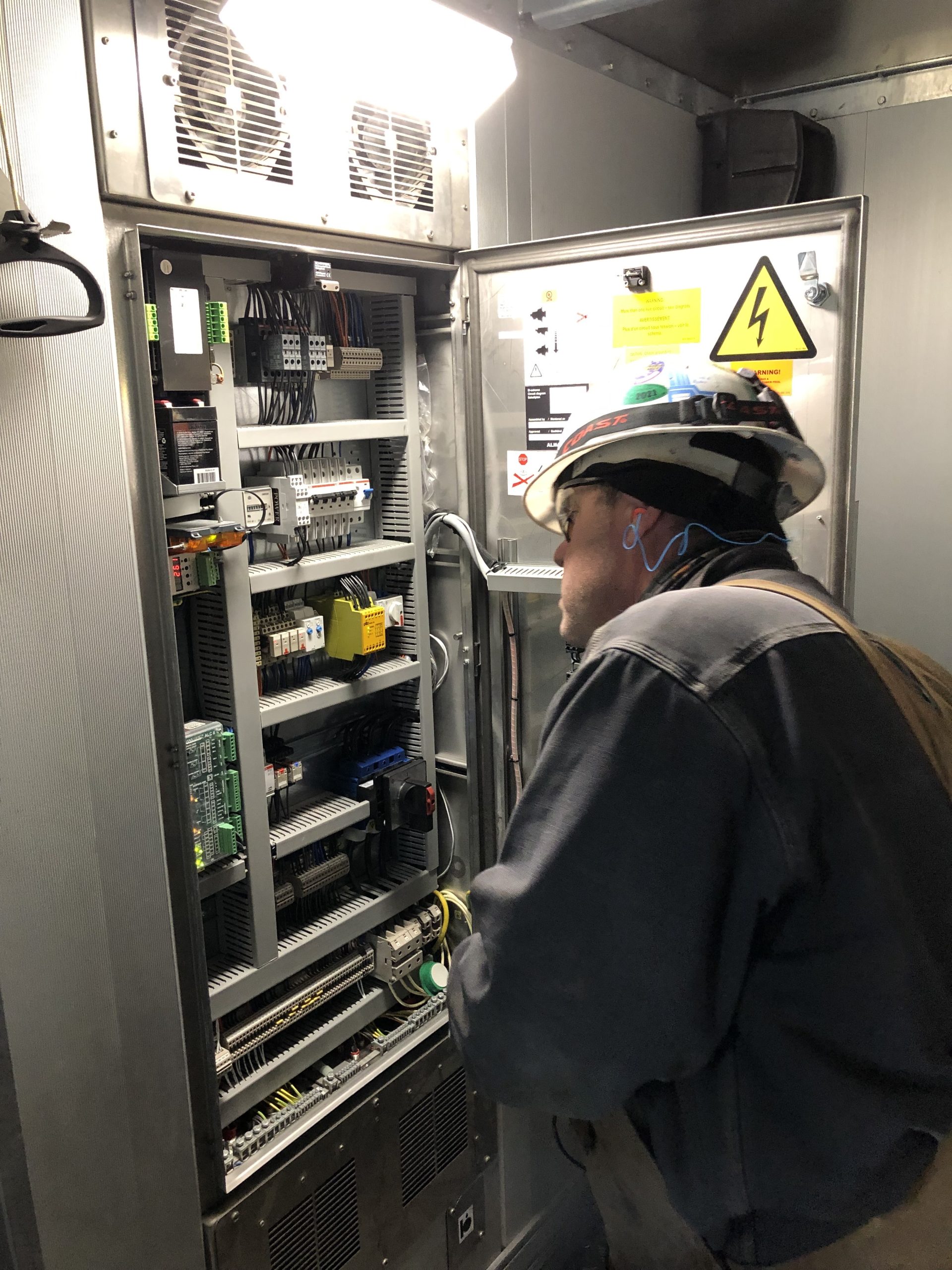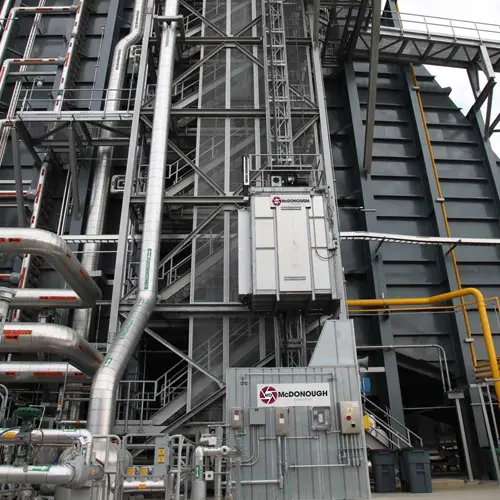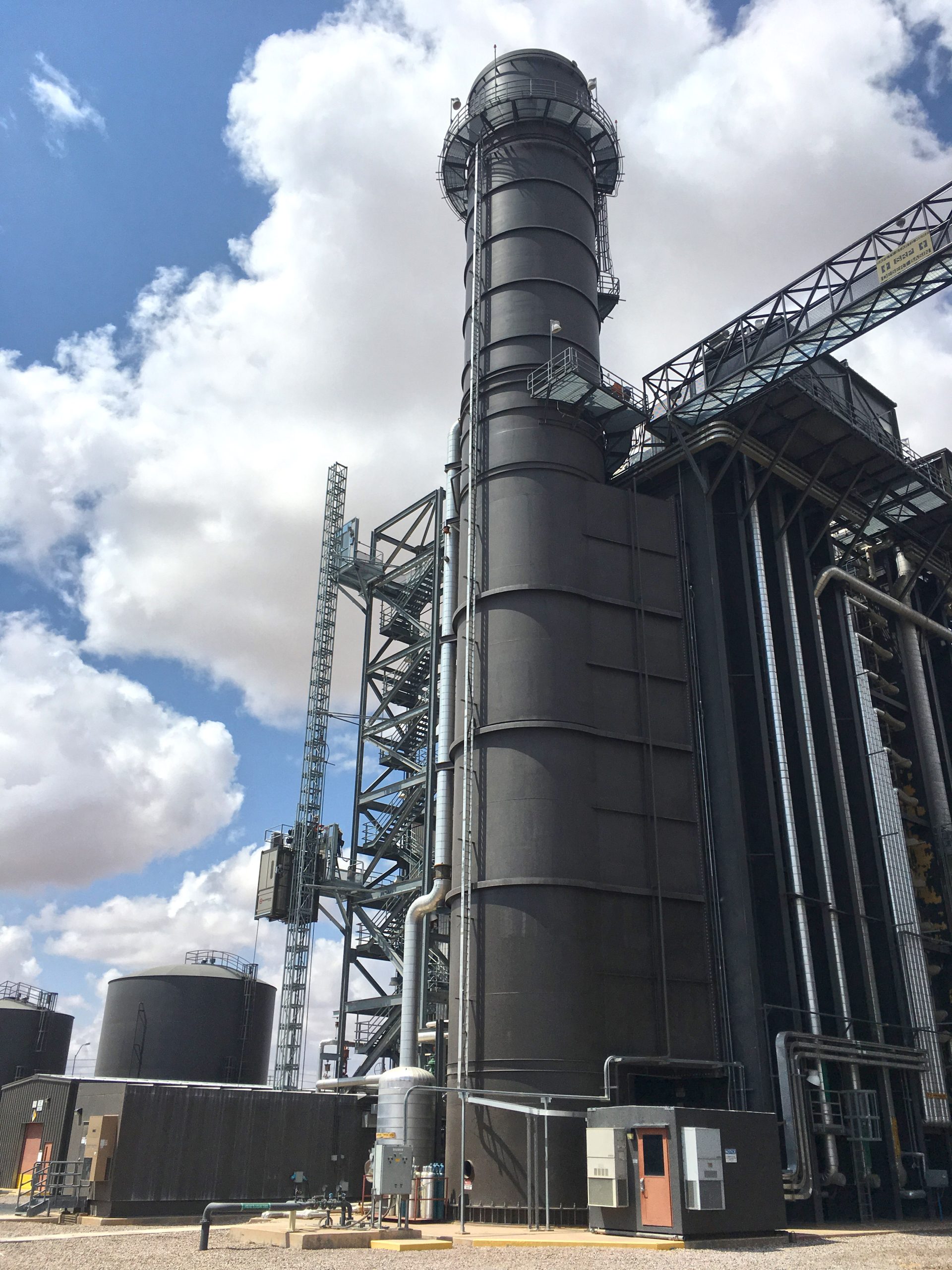Every school kid has heard the story of Elisha Otis, the inventor of safe travel on elevators. He demonstrated his safety device at the New York World’s Fair in 1854 when he cut the only rope on his passenger elevator. The safety device worked and the elevator didn’t fall as was expected by the crowds. He was a showman at heart and knew how to visually make a point about passenger safety.
How does this geared safety device relate to Rack and Pinion elevators; could a rack and pinion elevator somehow go into free fall? To answer this question, I consulted with Kevin Harrison, Manager of Operations for McDonough Elevators, a leading supplier of rack and pinion industrial elevators in the U.S., providing rentals, equipment sales, and maintenance.
“Safety devices are designed for one purpose only, to stop an elevator in the case of an over speed situation. Elevators are designed to operate at a predetermined speed. If this speed is surpassed, a safety device is triggered to stop the elevator. The design of an elevator safety device may come in many different styles; however, a rack and pinion safety is specific and unique to rack and pinion elevators,” stated Harrison.
“Each safety device is preset and sealed so that it is activated when the speed of the car reaches a predetermined speed. Through a freely rotating pinion engaged in the rack the car is brought to a controlled stop. The safety device is mounted independently from the gearbox/motor assembly which enables the car to still stop in the case of a drive failure.
In compliance with each manufacturer, a rack and pinion safety device is tested twice a year for proper function. This is sometimes referred to as a “Drop Test.” Rack and pinion safety devices are replaced every three to four years per the manufacturer’s specifications.”
Other safety features include the automatic lube system which ensures provides proper lubrication of the rack system. The system continuously ensures that the rack and pinions always are lubricated; increasing safety and minimizing wear on the equipment.
Finally, by using a variable frequency drive, the drive supplies power at reduced frequency and voltage for starts and stops. There is not the high in-rush current seen in a motor that has direct on-line starting. Once the motor begins to turn, voltage and frequency are increased at a controlled rate until the running speed is attained. This process provides substantial energy savings if there are frequent starts. Additionally, there is less mechanical and electrical component wear, increasing safety and user comfort.





